Frida photographed by her father, Guillermo Kahlo, in 1932.
(Photo: Guillermo Kahlo viaWikimedia Commons, Public domain).This post may contain affiliate links.
If you make a purchase, My Modern Met may earn an affiliate commission.
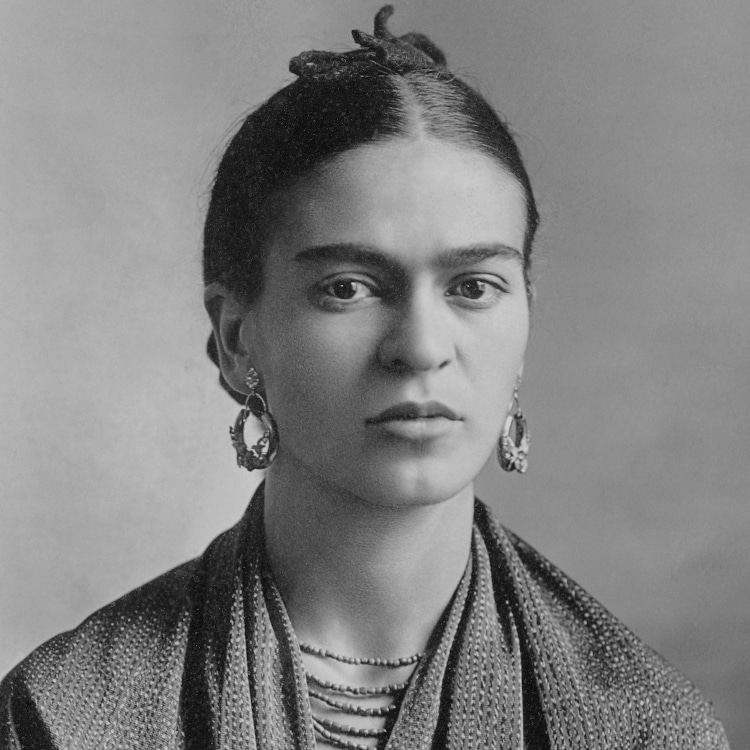
Frida photographed by her father, Guillermo Kahlo, in 1932. (Photo: Guillermo Kahlo viaWikimedia Commons, Public domain).This post may contain affiliate links. If you make a purchase, My Modern Met may earn an affiliate commission. Please readour disclosurefor more info.
just readour disclosurefor more info.
Mexican painterFrida Kahlois renowned for her symbolic subject matter, colorful canvases, and extensive series ofself-portraits.
Inspired by whatever passes through [her] head without any other consideration, her paintings are deeply personal.
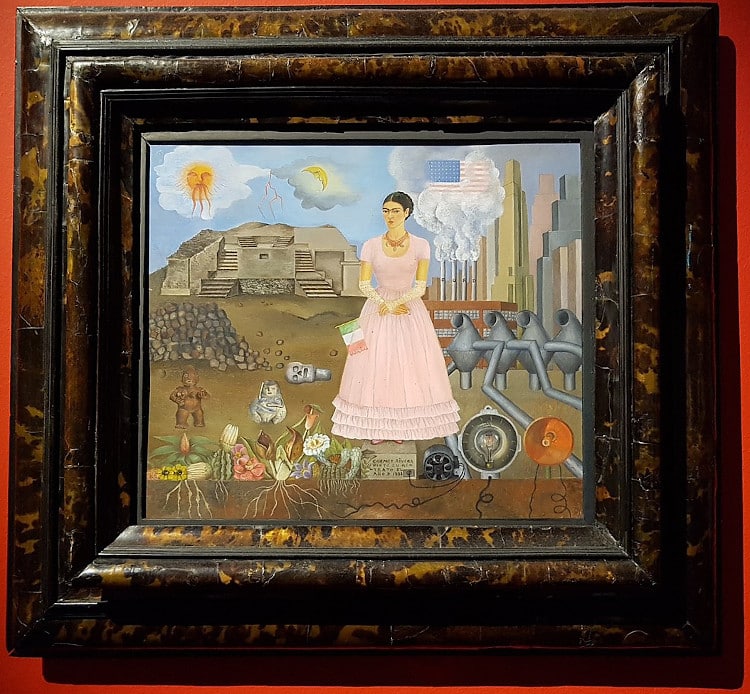
Photo: Ambra75 viaWikimedia Commons(CC BY-SA 4.0)
When viewed through a contextual lens, however, the meanings behind her poignant paintings begin to materialize.
Learn about 10 famous Frida Kahlo paintings.
Kahlo completed this piece in 1940, one year after her tumultuous divorce from Mexican muralistDiego Rivera.
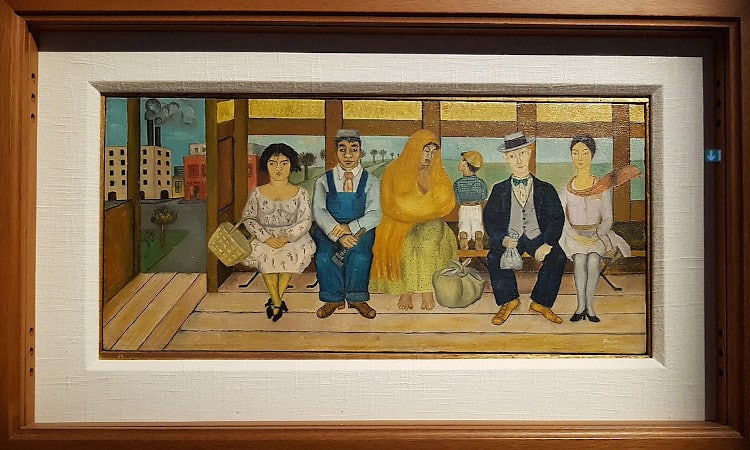
Photo: Ambra75 viaWikimedia Commons(CC BY-SA 4.0)
In the painting, Kahlo is positioned in front of foliage and between a stalking panther and a monkey.
Around her neck, she wears a necklace made out of thorns and adorned with a seemingly lifeless hummingbird.
Though the peculiar accessory draws blood from her neck, her expression remains stoic.
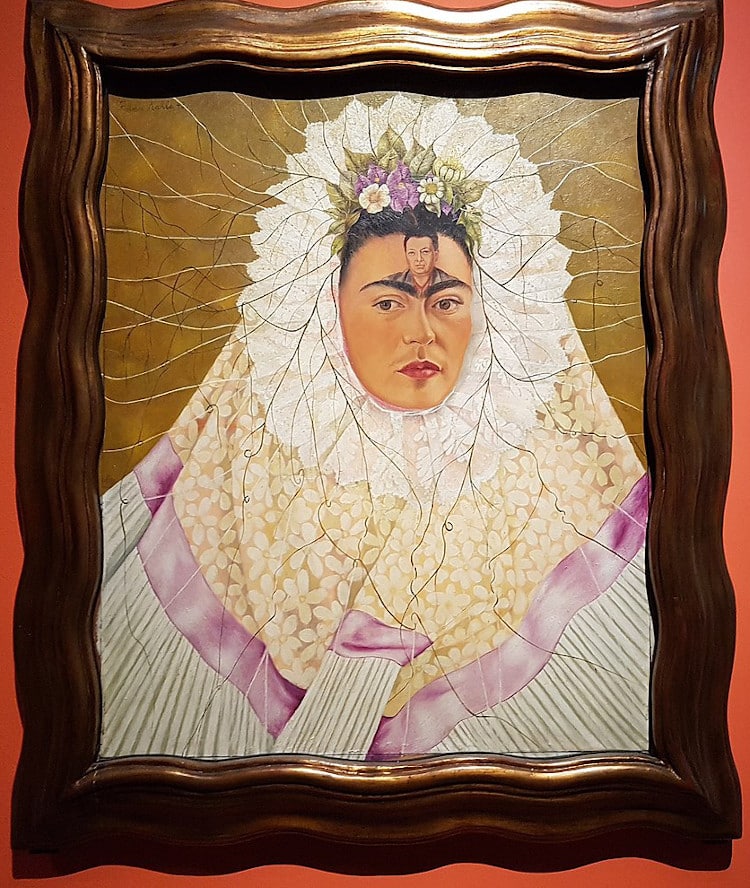
Photo: Ambra75 viaWikimedia Commons(CC BY-SA 4.0)
In this piece, Kahlo explores two sides of herself.
On the left, she depicts herself as a broken-hearted woman clad in a traditionally European gown.
As they share a bench, the two Fridas hold hands.
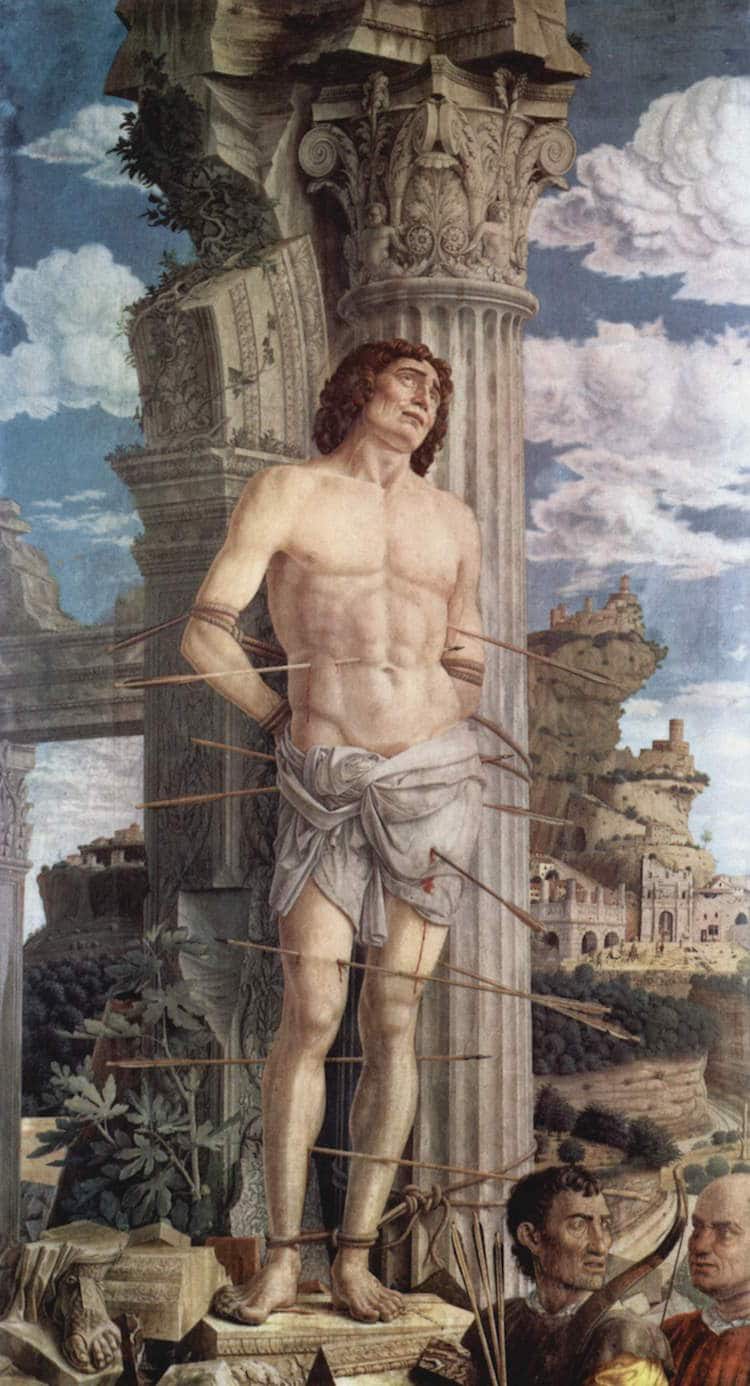
“St. Sebastian” (panel) by Andrea Mantagna (1480). (Photo: Andrea Mantegna, Public domain, viaWikimedia Commons)
On the left, Frida cuts the vein with surgical scissors, causing it to bleed.
This unique self-portrait likely represents the inner identity struggle faced by Kahlo as she dealt with her divorce.
I never paint dreams or nightmares, she explained.
I paint my own reality.
Above her floats a pertinent lyric from a Mexican folk song.
When translated, it reads: Look, if I loved you it was because of your hair.
Now that you are without hair, I don’t love you anymore.
Fascinatingly, however, this is not the first time she has experimented with a masculine look.
The Broken Column
There have been two great accidents in my life.
One was the train, the other was Diego.
Diego was by far the worst.
A man saw me having a tremendous hemorrhage.
InBroken Column, Kahlo presents a tragic glimpse into the lifelong effects of the accident.
The painting depicts Kahlo after spinal surgery.
In the background, a barren landscape is similarly fissured, and a stormy sky looms overhead.
On September 17, 1925, Kahlo was returning home after a day at the National Preparatory School.
I was an intelligent young girl, but impractical, in spite of all the freedom I had won.
There is no consensus about what the thread emanating from her head means.
At the time of the painting’s creation, Kahlo’s health was in decline.
Furthermore, likeThe Broken Column,The Wounded Deerreferences Christian iconography.
St. Sebastian (panel) by Andrea Mantagna (1480).